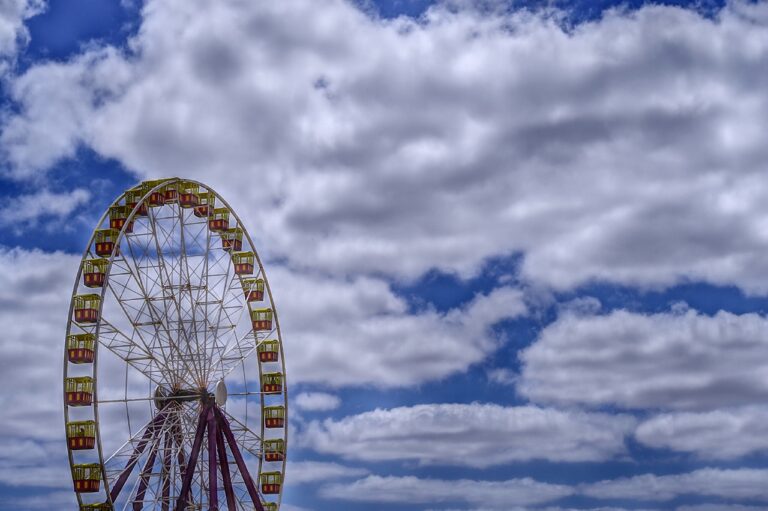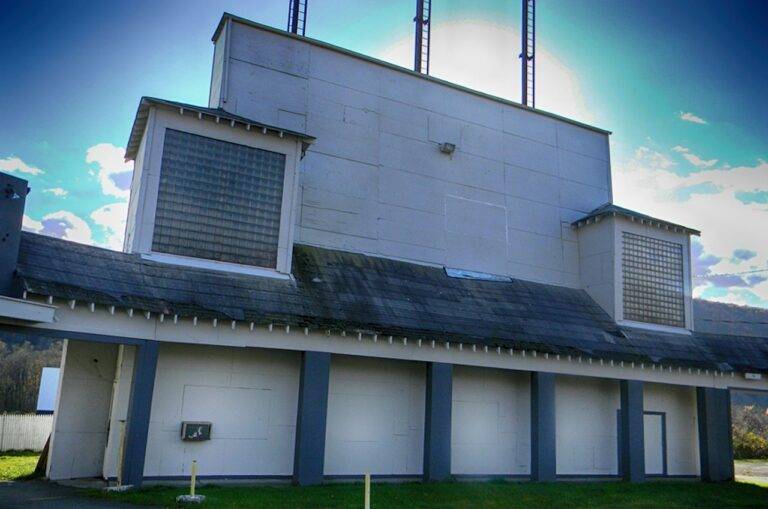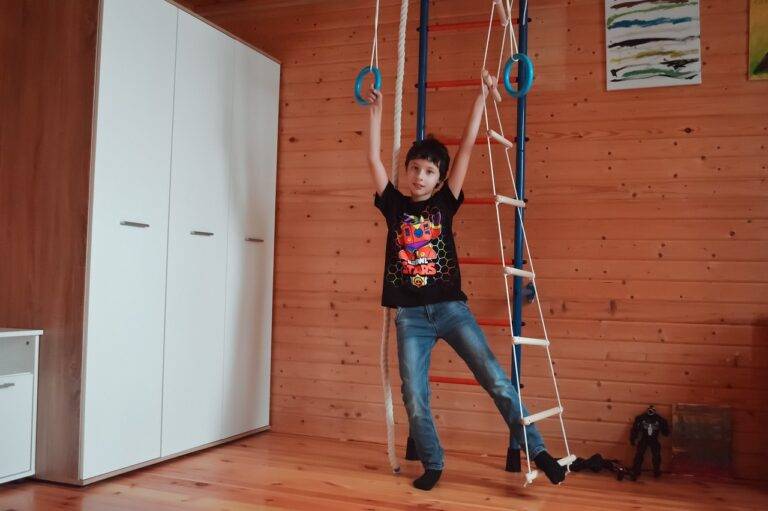The Future of Holographic Performances: Bringing Legends Back to Life
Holographic performances have a rich history that dates back to the late 19th century when the Pepper’s Ghost illusion technique was first used in theater productions to create ghostly apparitions on stage. This early form of holography paved the way for further developments in visual effects technology.
In the 20th century, holographic performances gained popularity in the entertainment industry, with artists like Tupac Shakur and Michael Jackson being brought back to the stage through holographic projections. These groundbreaking performances captivated audiences and sparked a new era of possibilities for holographic technology in live entertainment.
Advancements in Holographic Technology
In recent years, the field of holographic technology has seen remarkable advancements, pushing the boundaries of what was once thought possible. Researchers and engineers have been tirelessly working to enhance the resolution and realism of holographic displays, allowing for more immersive experiences for users. These developments have paved the way for applications in various industries, from entertainment to healthcare, revolutionizing the way we interact with digital content.
Moreover, improvements in the speed and efficiency of holographic projection techniques have made it easier to create and deploy holographic displays on a larger scale. This means that holographic technology is becoming more accessible to a wider audience, with the potential to transform the way we consume media and engage with virtual environments. As these advancements continue to evolve, we can expect even more groundbreaking uses of holographic technology in the near future.
The Impact on the Entertainment Industry
With the introduction of holographic technology into the entertainment industry, the way performers engage with audiences is evolving rapidly. The ability to create lifelike, three-dimensional holographic performances opens up a world of possibilities for live shows, events, and even virtual concerts. Audiences are drawn to the immersive experience of seeing their favorite artists brought to life in such a realistic and captivating manner.
Furthermore, the use of holographic technology allows for a new level of creativity and experimentation in performances. Artists can push boundaries and explore innovative ways to connect with their fans through visually stunning holographic displays. This groundbreaking technology has the potential to revolutionize the way entertainment is delivered and experienced, paving the way for a new era of unforgettable and awe-inspiring live performances.





